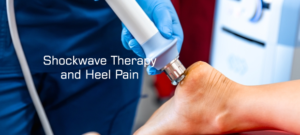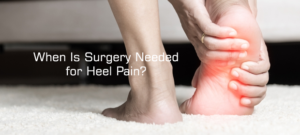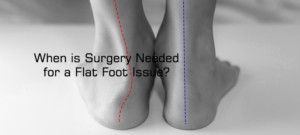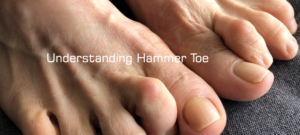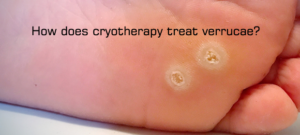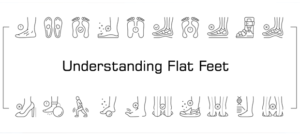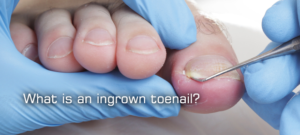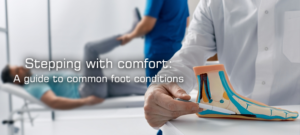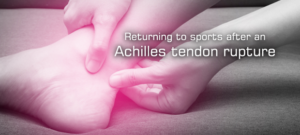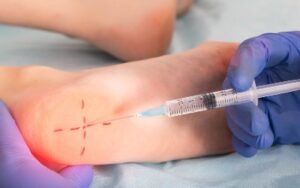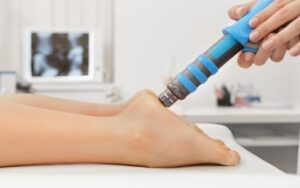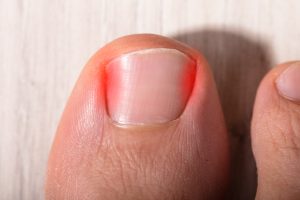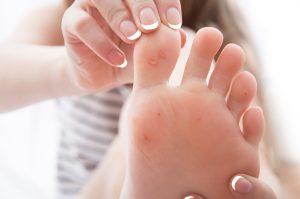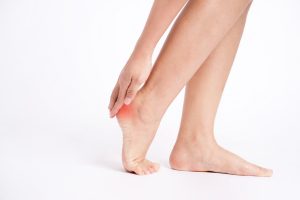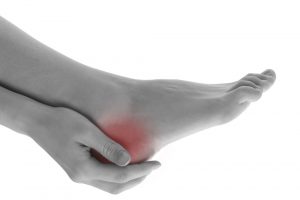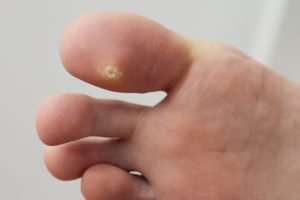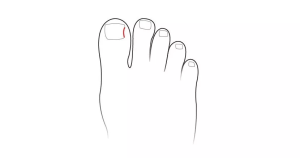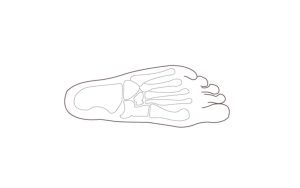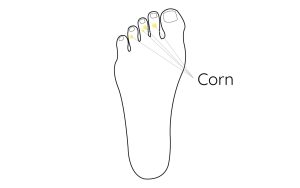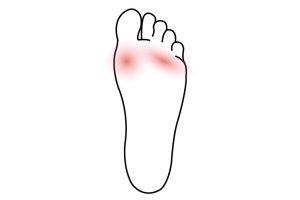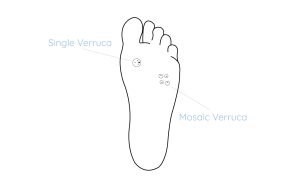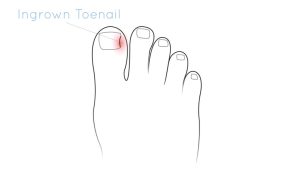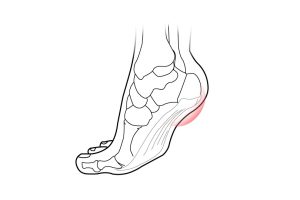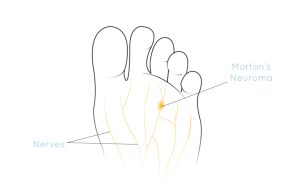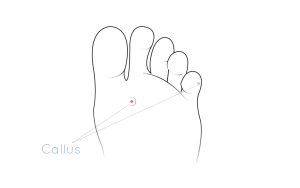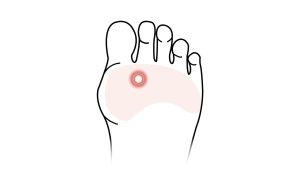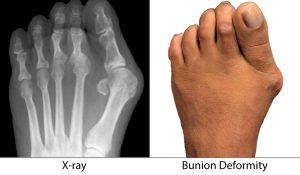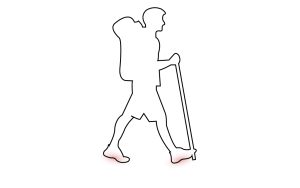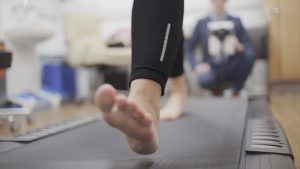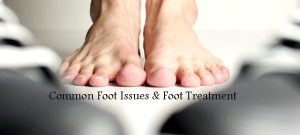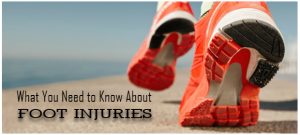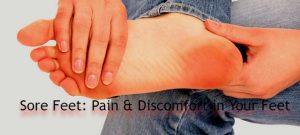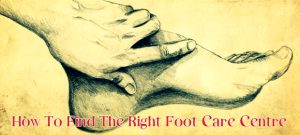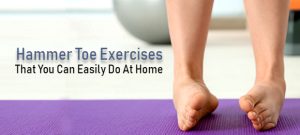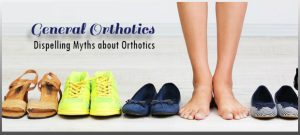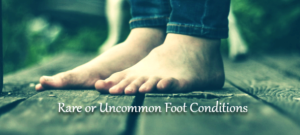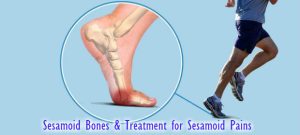Treating Ingrown Toenails
Ingrown toenails and nail removal at Podogo Foot Clinic
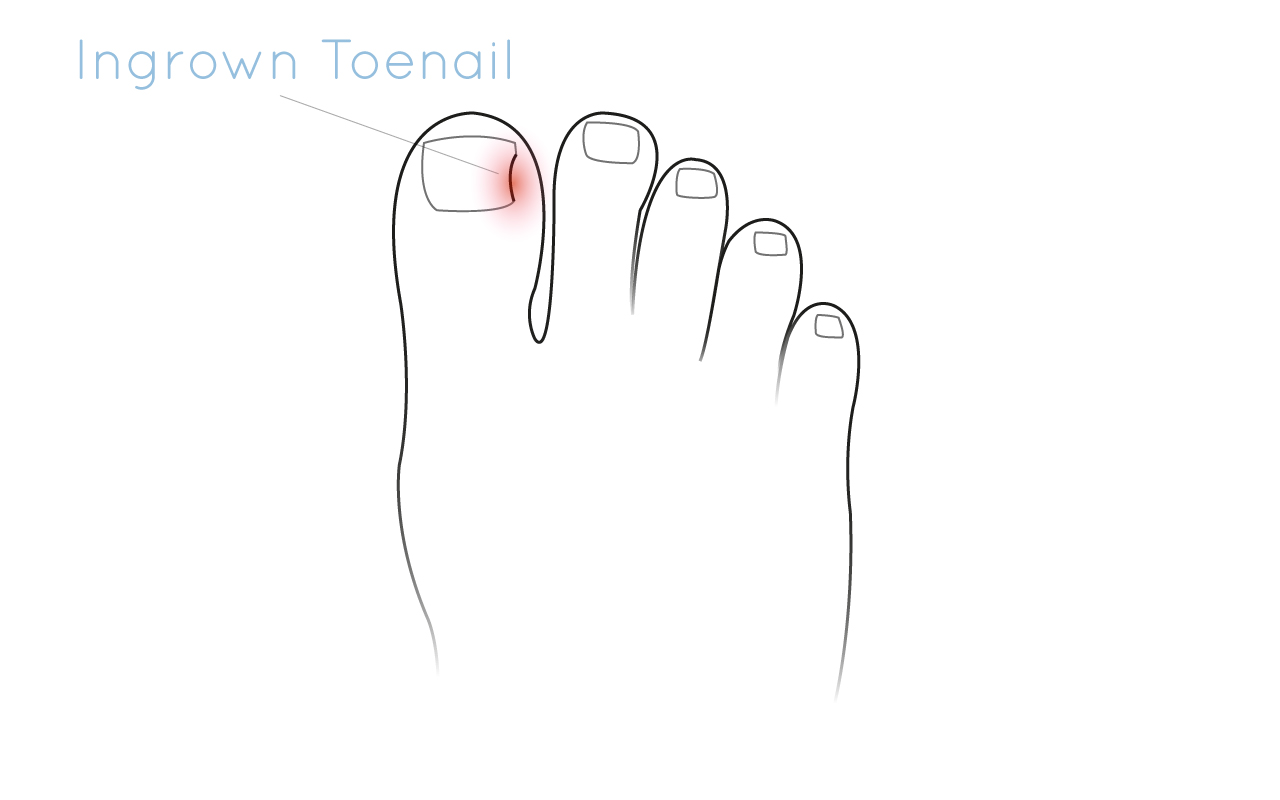
What is an ingrown toenail
Ingrown toenails occur when the nail starts to pierce the skin and soft flesh surrounding it. This is quite common and typically affects the big toes. This may result in an infected nail. Often this condition is caused by:
- Wearing tight shoes that push the toes together
- Cutting your toenails too short or not straight across
- Having unusually curved nails
- Injury to the area, such as stubbing your toe
A mild ingrown toenail can often be resolved with simple or over-the-counter treatments. However, for moderate and severe cases, and if the area becomes infected or the condition is complicated by other health issues such as diabetes, it would be best to seek specialist advice from a podiatrist.
Symptoms
Symptoms of an ingrown toenail tend to be localised to the area, and include:
- Pain and tenderness on the side of the toe next to the nail
- Redness
- Swelling
- Infection of the tissue around the nail; there may be some pus
Toenail treatments
Home remedies can be quite effective in minor cases, which may include:
- Soak your feet in warm salty water daily to flush the area
- Place a small amount of cotton wool under the toenail in the affected area, to separate the nail and damaged area of skin
- Apply antibiotic cream to prevent infection
- Wear appropriate footwear, with wide toe boxes, to avoid additional pressure on the toe
- NSAID’s or other painkillers can help control pain levels while the issue is resolving
Nail removal:
If the area is infected, very painful or recurs often, a specialist may offer clinical treatments, which may include:
- Redirecting nail growth – this involves partially lifting the nail and placing some kind of splint, such as cotton wool, beneath the nail to separate it from the skin
- A conservative nail cut back – to remove the problematic aspect of nail
- Partial nail avulsion – removal of a side of nail all the way to the base. A chemical can be applied to stop this part regrowing. This is suitable for recurring problems.
- Total nail avulsion – complete removal of all the nail. If the nail is damaged, lodged and stuck in place, a complete removal may be necessary. In some cases a chemical can be applied to prevent regrowth.
- Excision of the nailbed – the procedure is typically carried out with half a day admission at a hospital under sedation or local anaesthesia. Your surgeon will excise the corner of the base of the nail and remove the root. The affected section of nail will also be removed. Sutures are used to close the wound. Following the procedure you will need to rest at home for 3-5 days and avoid high impact activities for 3-4 weeks.
Preventing an ingrown toenail
Here are some top tips for preventing an ingrown toenail:
- When cutting your toenails, make sure the cut is fairly straight and try not to cut down the sides. If relevant, you can also direct your pedicurist to follow this.
- Keep your toenails moderately short – shorter than the toes
- Wear shoes that avoid excessive pressure on the toes, such as tight fitting and narrow toe boxes, or high heels.
Related Blogs
Thoughts and advice on foot health care from the Podogo team.

